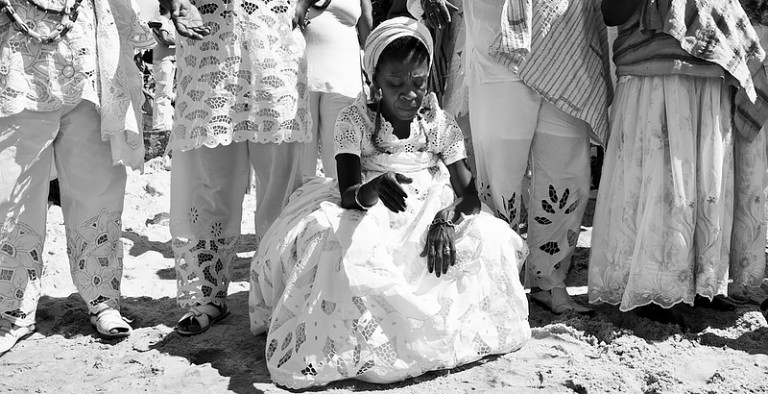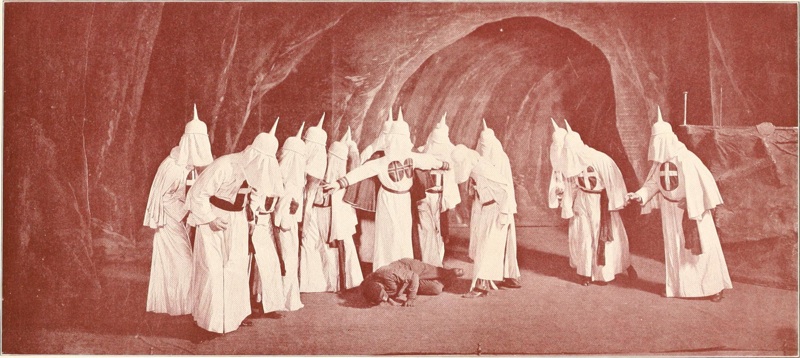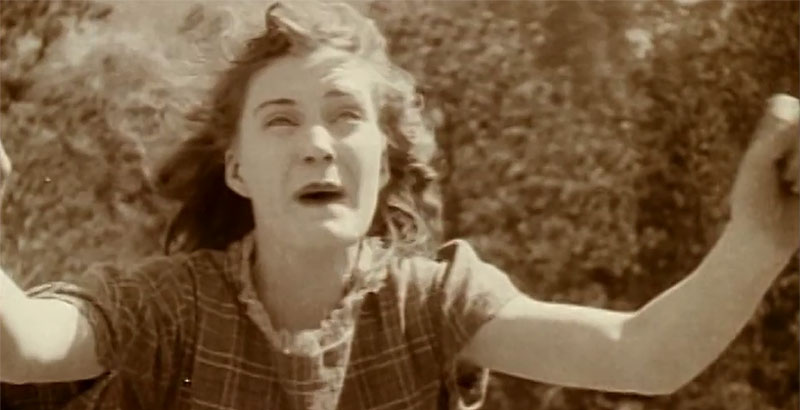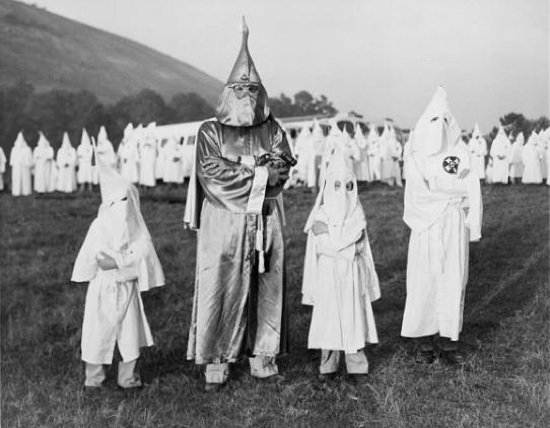Religion on Display at the National Museum of African American History and Culture

Judith Weisenfeld Fortunately, visitors will encounter aspects of African-American religious life in unexpected places throughout the exhibits that give a broader sense of the places and people involved in this history.
Candomblé Reconsidered: A Sacred Matters Interview

Dianne Stewart In the twenty-first century, increasing populations are becoming aware of the presence of African-heritage religions in the diaspora but we have still much to learn from and about these religions.
“Cannot tell Aught but the Truth”: Photography and Birth of a Nation (1915)

Rachel McBride Lindsey Through plot device, camera technique, and historical conceit, Griffith’s epic story of the triumph of racially defined and providentially guided national unity out of racially contrived sectional chaos leans heavily on the early history of American photography.
Literary Antecedents and Contemporary Reflections of Thomas Dixon’s “The Clansman”

Carolyn M. Jones Medine As The Clansman demonstrates, the Ku Klux Klan was a structure within which white men acted out their vision of southern society and through which they used terror to enforce those visions. The KKK may have been the United States’ first cellular terrorist structure: it was and is covert, local and de-centered, mobile, and opportunistic, multiplying by opportunity and interpersonal connections.
A Dreadful and Improbable Creature: Race, Aesthetics, and the Burdens of Greatness

Judith Weisenfeld The plot of The Birth of a Nation features two intertwined narratives: a political story that moves from national unity to division in war and back to unity, and a romance in which a couple unites despite the obstacles the war presents. The Birth of a Nation is also, of course, a story about the subjugation of people of African descent, a process director D. W. Griffith frames as carried out by honorable white men who had no choice in the face of social chaos.
Cutting up “The Birth of a Nation”

S. Brent Plate Cut up D. W. Griffith’s The Birth of a Nation and it bleeds a little. Rearrange the pieces, as Griffith so expertly cut up film sequences, and put them together in new ways. Splice it into histories, the stories of photography, race, literature, the KKK, bodies, film technique, and it comes out looking different. But it’s gonna bleed. The following articles, are such cuts, such incisive interventions.
Birth of the Klan’s Nation

Kelly J. Baker At midnight on November 25, 1915, seventeen men climbed to the top of Stone Mountain in Georgia with a large wooden cross. On that Thanksgiving night, they lit the cross on fire and pledged allegiance to the U.S. Constitution, American ideals, and “the tenets of the Christian religion. Read More…
7 Questions for Lerone A. Martin

Lerone A. Martin During my research, I discovered that most scholarship on religious media focused primarily on the mediums of print, radio, and television. Moreover, these historical accounts almost exclusively detailed the experiences of white Protestants, while simultaneously ignoring race as an analytical category. This led me to write my dissertation and ultimately Preaching on Wax: an interwar narrative that de-centers whiteness and radio in the history of American religious broadcasting by explaining how black clergy, largely marginalized from radio on account of racial discrimination, made the phonograph a vital medium of religious broadcasting, a phenomenon I have dubbed phonograph religion.
